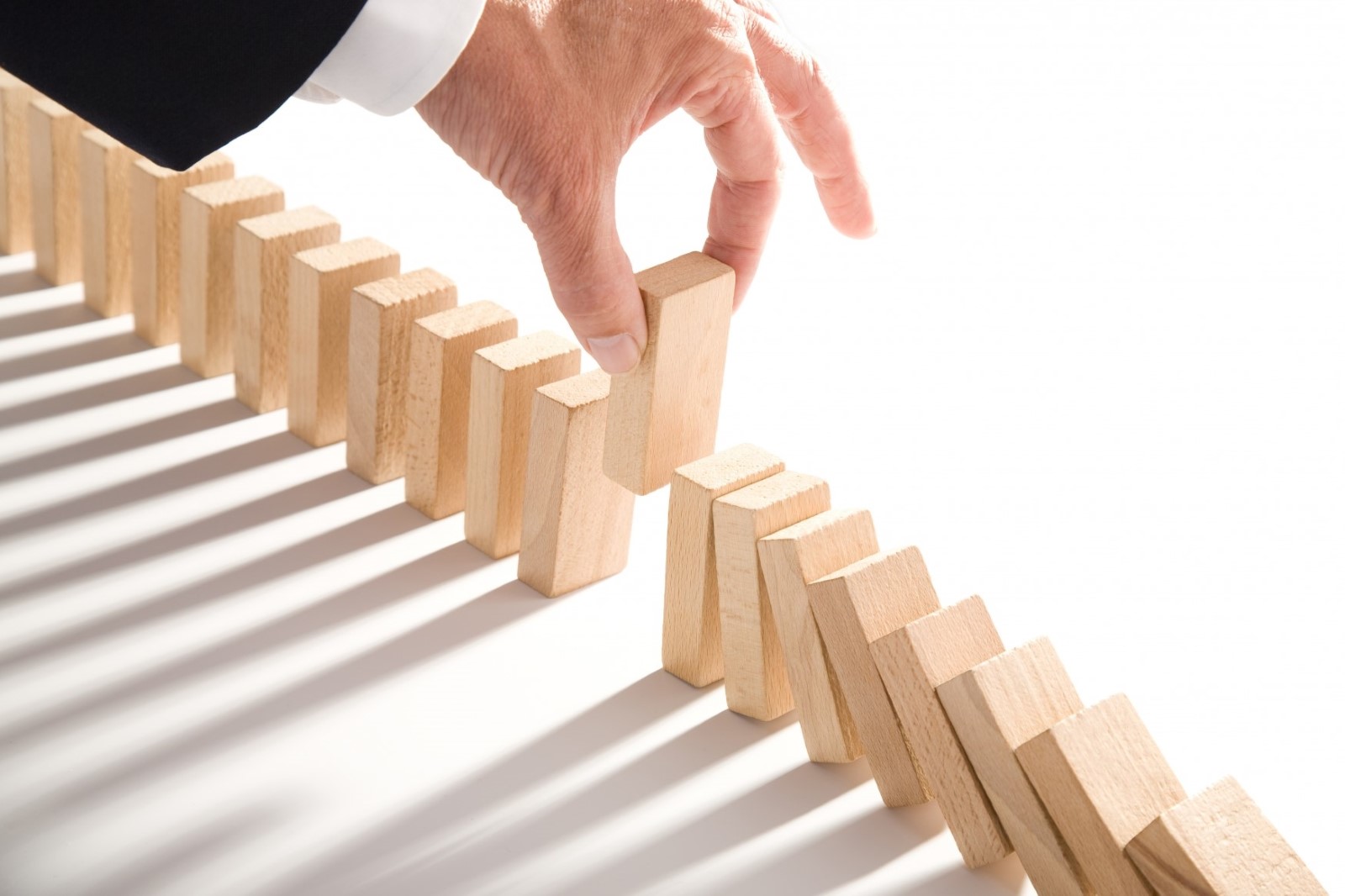Addiction and its consequences cost the government nearly 500 trillion rials ($13.2 billion) every year, says a report from the Expediency Council’s working group on drug abuse reduction. This is while only a meager amount of the government’s annual budget is allocated to preventing addiction and drug abuse.
Of the annual 18 trillion rials ($473 million) allocated to the State Welfare Organization last year, barely 80 billion rials ($2.1 million) was spent on addiction prevention programs, Farid Barati Sadeh, head of the SWO’s center for prevention and treatment of addiction said, IRNA reported.
“Despite the growing body of scientific evidence that addiction is preventable, little is done in our country to prevent substance abuse, which in turn gives rise to spread of diseases, injuries, crimes, deaths, … and imposes a heavy financial burden on government coffers,” said the official.
The latest national study on addiction indicates that 2.8 million Iranians are habitual drug users and another 1.2 million are occasional drug users. Social pundits and informed sources say the numbers are much higher.
“If we assume that each of the 4 million illicit drug users has a 3-member family, then at least 12 million people are struggling with the social problem, directly or otherwise,” he added.
The SWO official called for a major shift in priority towards preventing drug abuse, particularly in children and family members of the addicts, rather than focusing merely on treatment programs.
Most addiction programs are now focused on treatment, including detoxification, methadone maintenance treatment –prescribing methadone as an alternative to opioids— and risk reduction programs for homeless addicts, rather than on prevention.
While some programs have been implemented in schools to help prevent and control drug abuse among students, Barati Sadeh says these programs need to be extended to cover schools across the country.
Role of NGOs
Pointing to the need and significance of seeking help from NGOs in preventing addiction, he said, “At present, 21,000 NGOs supervised by SWO are working on issues related to addiction. But only 5,000 are focused on preventive actions,” he said.
During the last Iranian year (ended in March), more than 1 million addicts received counseling in the 60 SWO-run counseling centers. There are also a total of 170 shelters that temporarily house drug addicts, of which 80 are for male and the rest for women.
There also are 1,300 rehabilitations camps and 21 specialized addiction treatment centers in the country.
According to the Iran Drug Control Headquarters, the number of female addicts has increased ten-fold over the past few decades and 10% of addicts are women.
Iran has undertaken stringent plans to reduce the flow of illegal drugs from neighboring Afghanistan -- the world’s opium capital. The government has spent close to a billion dollars to fence the porous border with the neighboring country. But it seems all this has not been enough to stop or restrain the crime syndicates.
Tehran has paid a heavy price in the war against narcotics and drug barons trafficking the contraband from Afghanistan to Iran and then to Europe and beyond. Over the past four decades close to 4,000 border security guards have been killed by the traffickers in the border regions who often carry heavy weapons including anti-aircraft guns.


